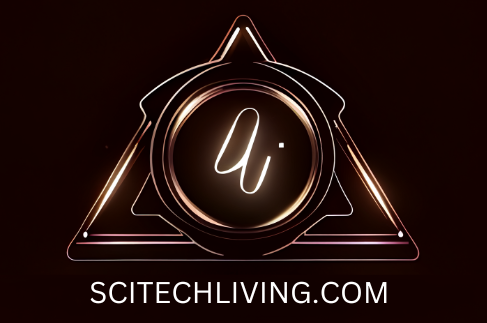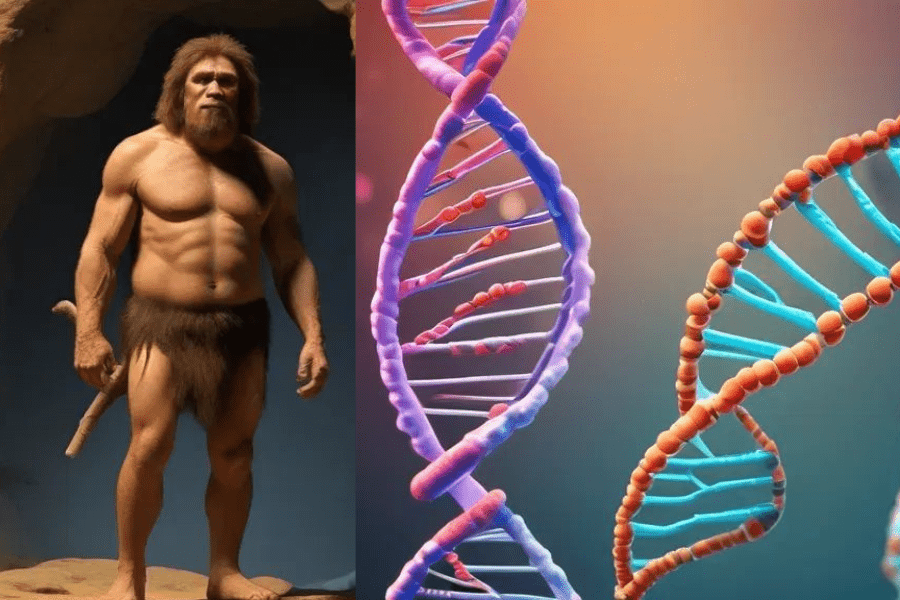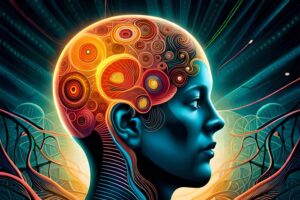The exploration of the human genome offers an unprecedented window into not only our biological machinery but also our historical and evolutionary narrative. Among the most captivating chapters of this narrative is the profound genetic dialogue between modern humans and their ancient cousins, the Neanderthals. Spearheaded by the most extensive genomic study in South Asia to date, researchers are now on the cusp of a breakthrough, potentially capable of reconstructing the genomes of ancient Neanderthals through the genetic tapestry of modern Indian populations.
Bridging Millennia: Unraveling Our Genetic Heritage
The recent investigation, involving nearly 2700 individuals from diverse linguistic, geographic, and socioeconomic backgrounds across India, has unveiled a wide bandwidth of Neanderthal DNA sequences within the Indian populace. This groundbreaking study not only enriches our understanding of the genetic foundation of Indian people but also holds the promise of piecing together the genomes of ancient Neanderthals, leveraging surviving sequences embedded within modern humans.
The Genetic Imprint of Neanderthals:
- Modern humans, excluding Africans, inherit approximately 1 to 2 percent of their genetic make-up from Neanderthals and Denisovans.
- Interestingly, African populations also harbor around 0.5 percent of their DNA from Neanderthals, despite the latter not having inhabited the continent.
The Indian Genome: A Conduit to the Past
The study, meticulously conducted by Laurits Skov and his team at the University of California, Berkeley, pushes the boundaries of our genetic understanding. Analyzing genomes of individuals from 23 states speaking at least 26 different languages, the research encapsulates the genetic diversity of India, extending from urban to rural domains and covering various caste groups.
Key Revelations:
- The Neanderthal DNA strands discovered in the Indian participants comprised more than 90 percent of known Neanderthal gene sequences, a proportion unparalleled by any other modern population studied thus far.
- Approximately 12 percent of these sequences were unique, previously unidentified in any other region worldwide.
A Singular Migration and a Confluence of Genetic Streams
The study underscores that the lion’s share of genetic variation among Indians can be traced back to a singular major exodus from Africa, around 50,000 years ago. This demographic shift significantly shaped the genetic landscape of Indian people, while earlier migrations appeared to have a minimal genetic imprint.
The genetic architecture of most Indians stems from three primary ancestral groups:
- Ancient Iranian farmers
- Eurasian Steppe pastoralists
- South Asian hunter-gatherers
This blend delineates a complex mosaic of human ancestry and underscores the intricate interplay of migration, settlement, and evolution.
Neanderthal Genome Reconstruction: Piecing Together the Past
A monumental achievement of the study lies in its contribution towards reconstructing nearly two-thirds of the Neanderthal genome and nearly a quarter of the Denisovan genome from the DNA of the study participants. This feat surpasses previous attempts, notably a study in Iceland, which managed to reconstruct only 41 percent of the Neanderthal genome, highlighting the rich genetic repository present within India.
Implications and Insights:
- India’s genetic diversity presents a promising avenue for further unveiling the Neanderthal and Denisovan legacies.
- Despite challenges, the study kindles hope for a more comprehensive reconstruction of ancient genomes, enriching our understanding of human evolution.
The Journey Ahead: Genomic Diversity and Human History
The research, as elucidated by Hardip Patel at the Australian National University, adds over 26 million new genetic variations to the global repository, underlining the paramount importance of diversity in genomic studies. It posits that India has been a cradle of human habitation since around 54,000 years ago, offering a remarkable glimpse into the peopling of the region.
Conclusion
The largest-ever genome study of South Asian people not only reshapes our scientific grasp of the genetic composition of modern Indian populations but also bridges the vast chasm between us and our Neanderthal forebears. Through the lens of India’s genetic diversity, we inch closer to piecing together the ancient genomic puzzles, unlocking stories woven into our DNA across millennia. This research marks a cornerstone in our ongoing quest to unravel the intricate web of human ancestry and evolution, reminding us of the shared genetic heritage that binds our species across time and space.




